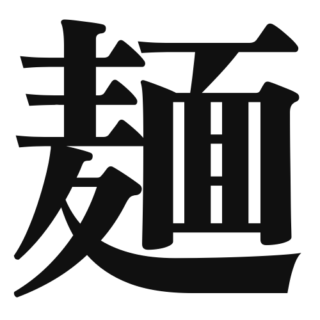 others
others 麺
1. Overview of MeaningThe kanji "麺" (men) refers to noodles, a staple food in many Asian cuisines, particularly in Japan...
 others
others  others
others 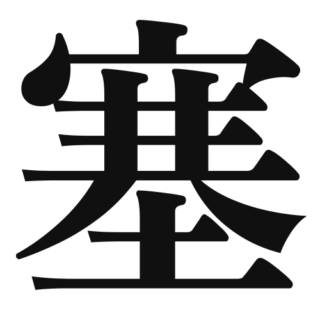 others
others 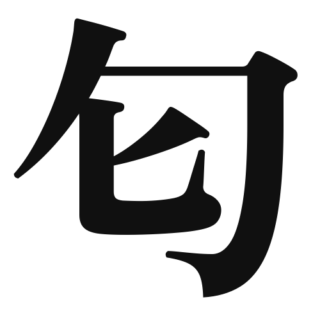 others
others  others
others 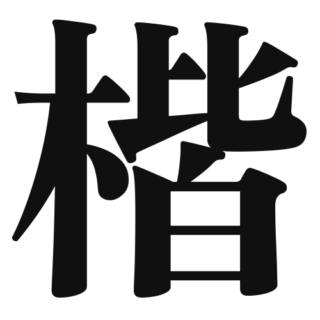 others
others 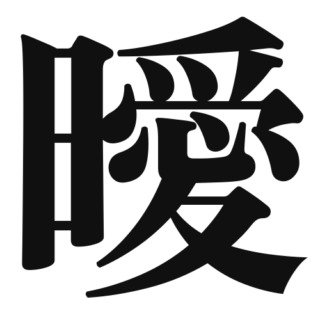 others
others 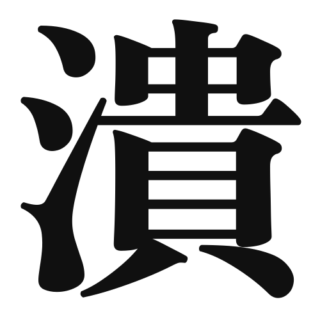 others
others 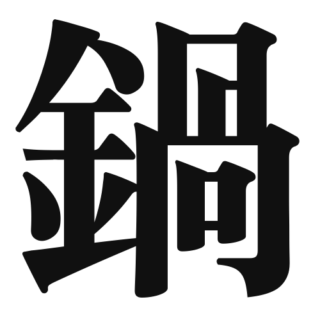 others
others 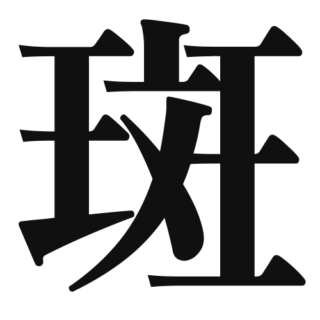 others
others